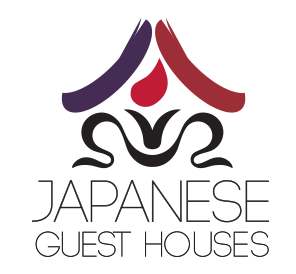Hot springs have a very long history in Japan, and they are an intimate part of Japanese culture. There are over 3,000 "onsen" ,or hot springs, in Japan. Many can be found at the ryokans available on Japanese Guest Houses.
Popular Destinations
Kyushu
Hokkaido
Kansai
Tohoku
Shikoku
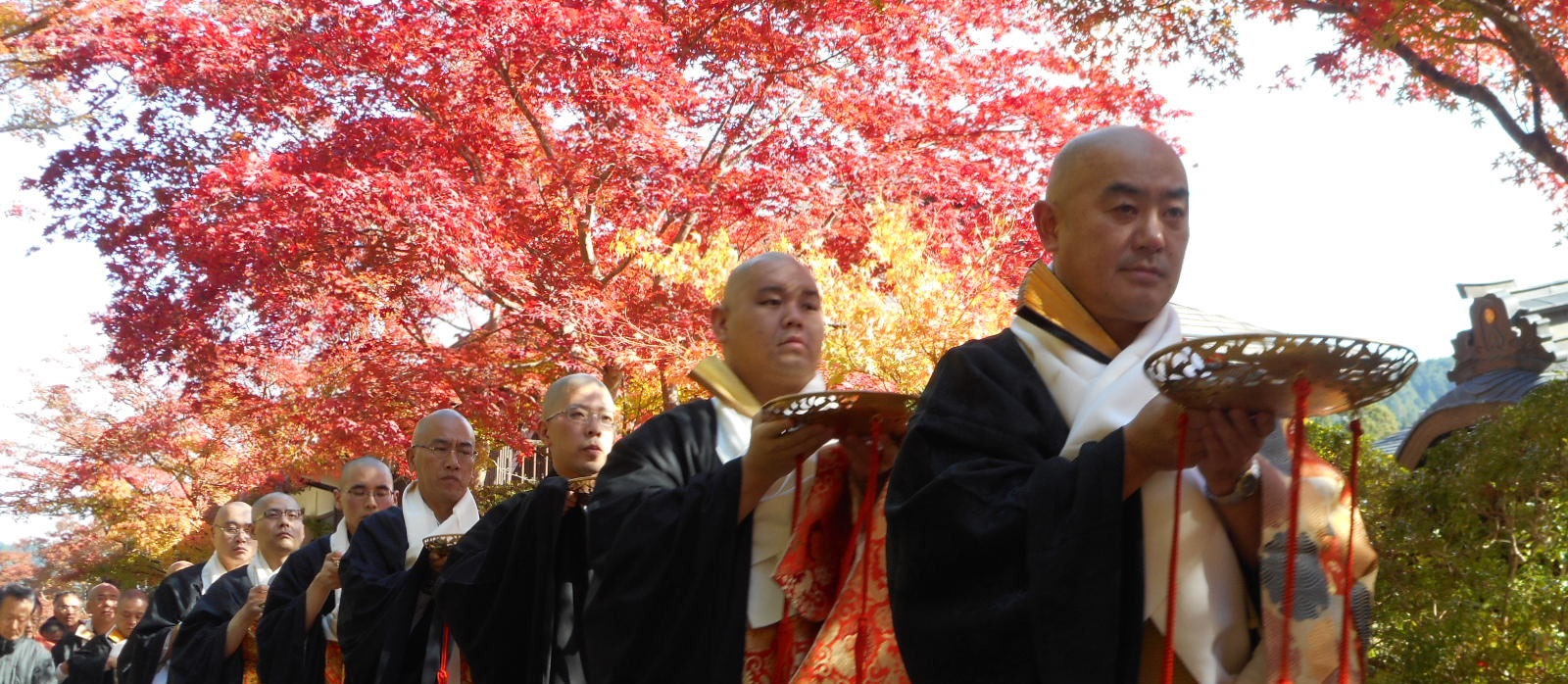
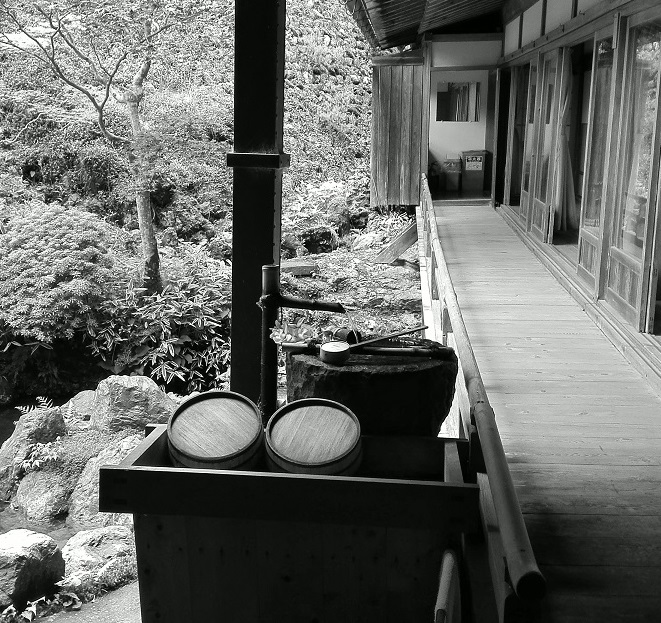
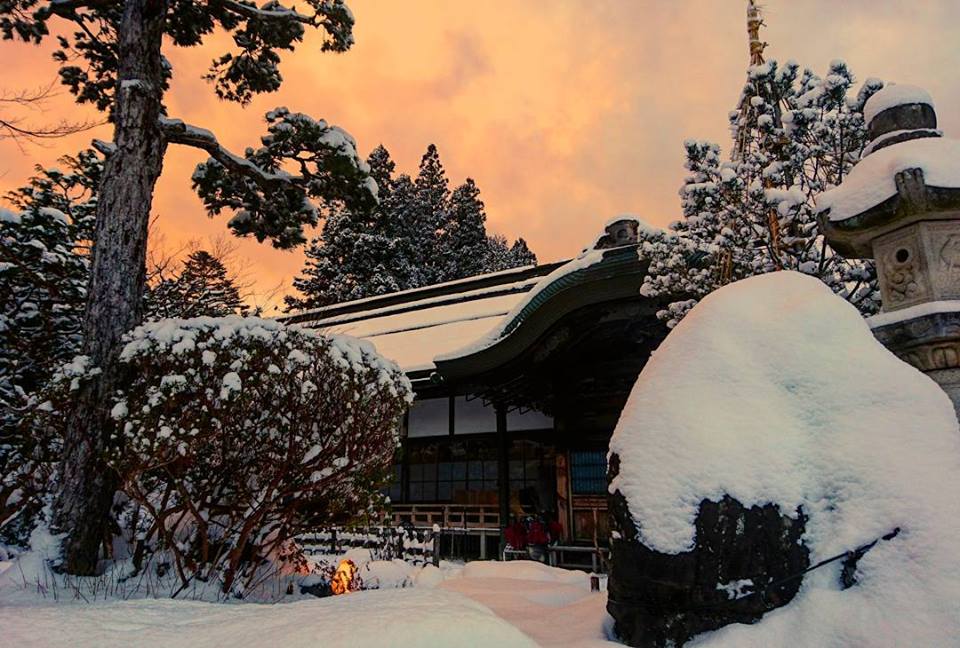
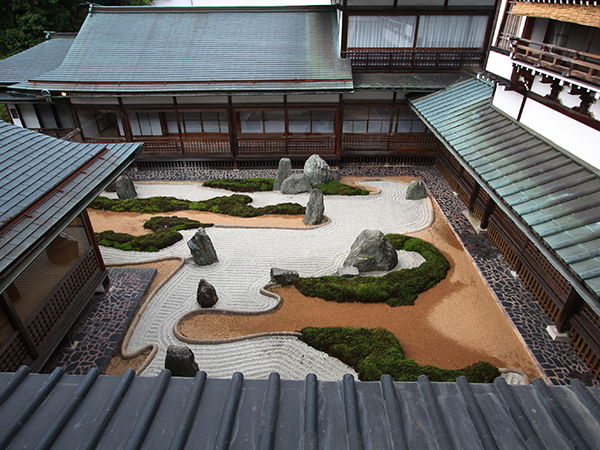
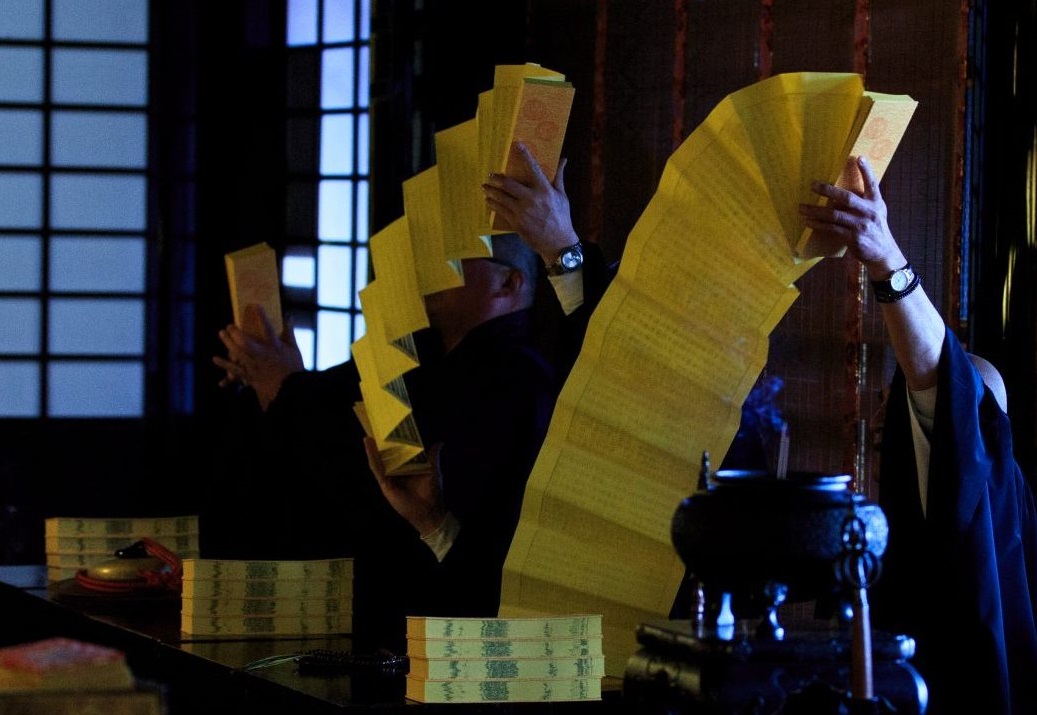
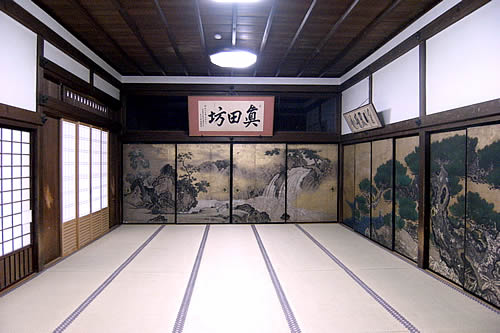
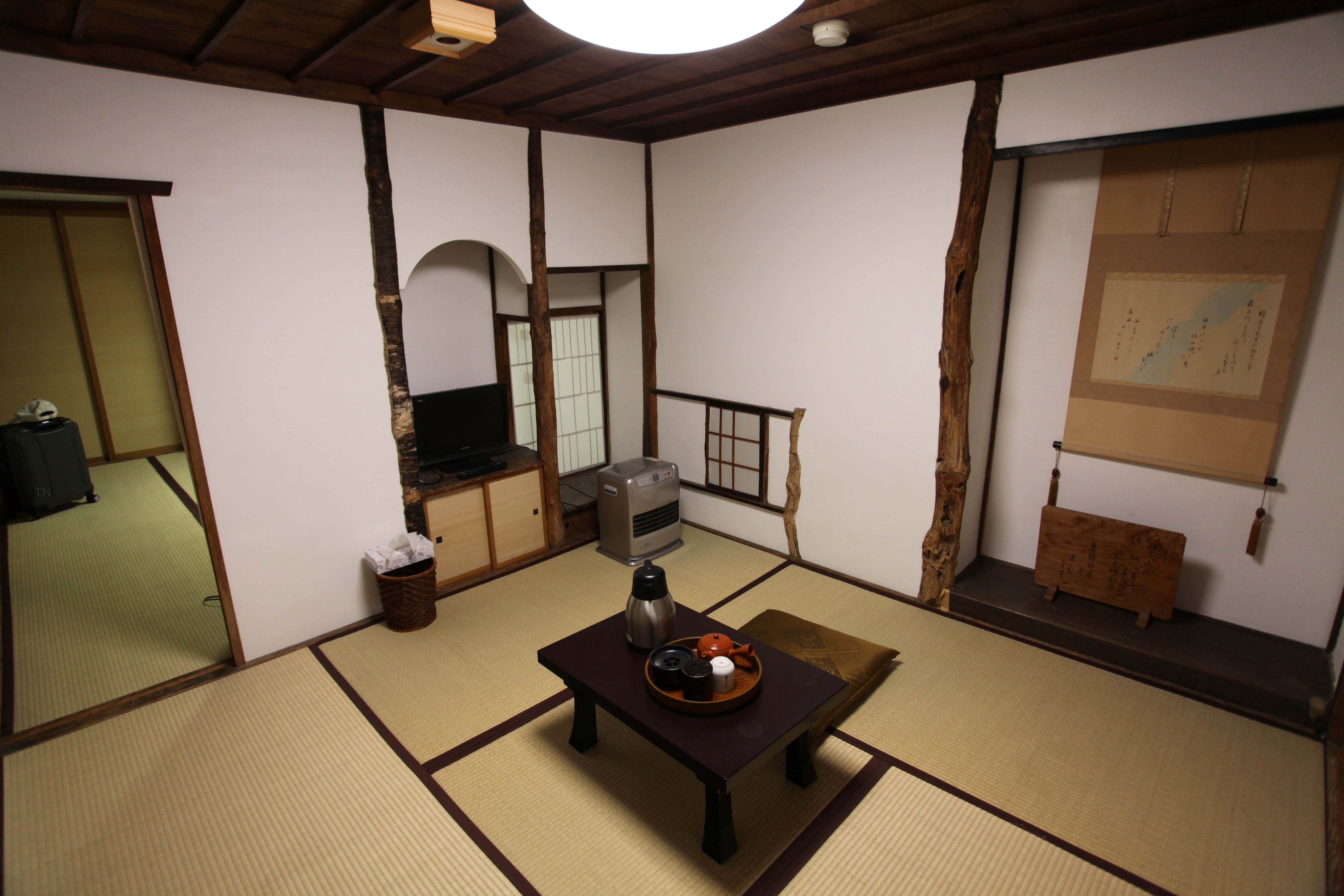
Hyogo-ken Chijitoroku Ryokogyo 3-609
(Hyogo Prefecture Travel Agent License Number 3-609)
10-5-401-1-(2) Sakae-machi, Kawanishi-shi, Hyogo-ken Japan
Part of the Rediscover Group of Travel Companies Rediscover Japan Co., Ltd. (Japanese Guest Houses)
Website Design & Marketing by: Douglas Marketing Group
